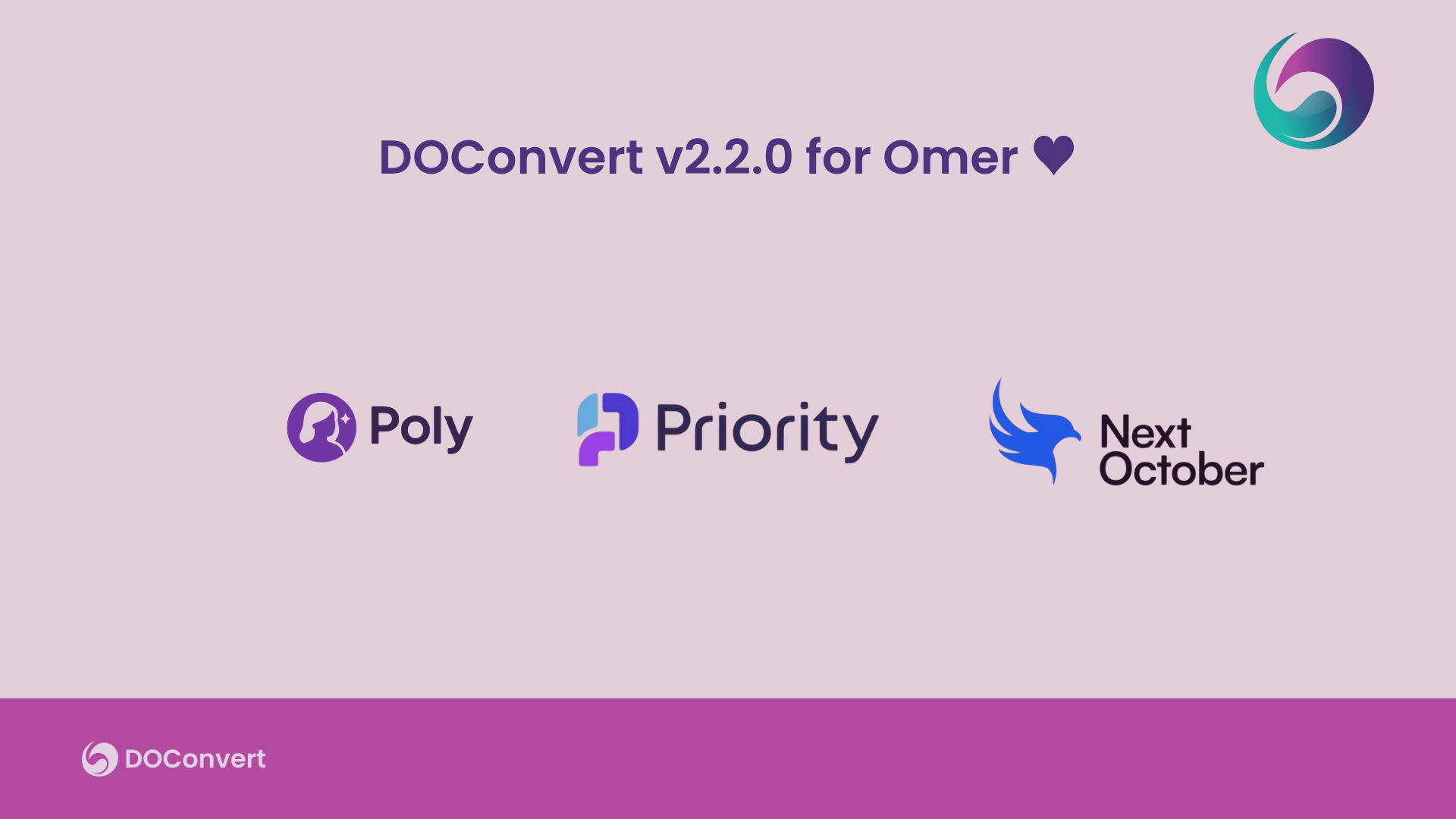usinesses still handle supply chain documents the old way.
The typical process looks like this:
- Receive documents by email, scan, or upload
- Open and review each document manually
- Copy key information like order numbers, quantities, product codes, or delivery dates
- Enter the data into ERP or logistics systems by hand
- Investigate errors or missing fields through back and forth communication
This manual process creates backlogs, increases human error, and reduces visibility into real time operations.
When document volume increases, these risks grow.
Missed orders, shipment delays, and lost revenue are common problems.
What Intelligent Document Processing Changes
IDP automates the entire flow of document management.
Here is how it works:
- Capture documents automatically from email, scanners, or system integrations
- Extract important fields such as order details, invoice amounts, product descriptions, or shipment information
- Validate the extracted data based on business rules
- Push clean data into ERP, warehouse, or financial systems without manual typing
- Flag exceptions and missing fields for review when needed
Instead of spending time on repetitive tasks, teams can focus on delivering faster shipments, accurate orders, and better service.
Why Intelligent Document Processing Matters for the Future
Adopting IDP gives supply chain companies several important benefits:
- Faster processing of client orders, invoices, and shipments
- Higher data accuracy across every department
- Better real time visibility into supply chain operations
- Lower operational costs by reducing manual work
In a supply chain environment where speed and precision matter, companies that automate document workflows can adapt faster, scale operations more easily, and serve customers better.
How DOConvert Supports Supply Chain Document Automation
DOConvert is built to help supply chain companies bring Intelligent Document Processing into their operations without heavy IT projects.
Using DOConvert, companies can automate key document flows like:
- Client orders
- Supplier invoices
- Purchase orders and packing lists
- Shipping and customs documents
By automating document handling today, companies are preparing for a faster, smarter supply chain tomorrow.


